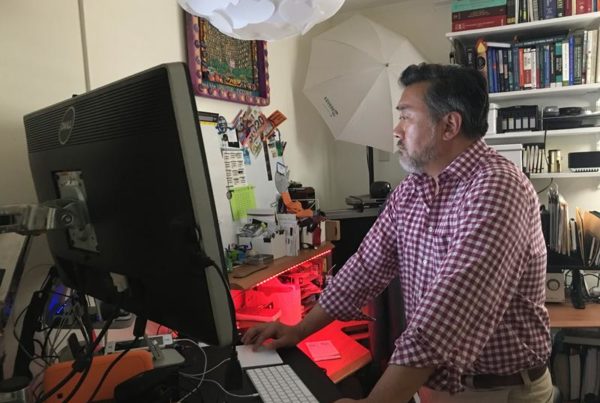From KUT:
Texas leads the country in wind energy production and, because of the way the state’s electric grid is set up, most of that power stays right here. But a plan that would allow the state to make money exporting wind and solar power is moving slowly.
The Southern Cross Transmission Project aims to move around 2,000 megawatts between Texas and states in the Southeast, enough to power up to a million homes depending on demand. Pattern Energy has been shepherding the project since around 2010, and David Parquet, Pattern’s senior vice president for special projects, says there have been a lot of twists and turns along the way.
“The more things change, the more they stay the same,” Parquet says.
When the plan was first conceived, there were federal rules proposed to encourage renewables like a Renewable Portfolio Standard, or RPS, which would have required more renewables to be put on the grid. But the RPS idea soon evaporated and was replaced by the Obama administration’s Clean Power Plan. Parquet says, overall, both options would have been good for the project’s business model. But, now that the GOP controls Washington, the Clean Power Plan option is likely off the table for the project.
Still, Parquet says, Southern Cross Transmission makes business sense.
“The states in the Southeast, regardless of an RPS or a Clean Power Plan, are interested in renewables and that is what has kept the project alive,” he says.
Why are they still interested? For one thing, renewables are cheap and getting cheaper.
“It’s the market,” says David Spence, who teaches energy regulation at UT-Austin’s School of Law. “We’re still seeing a demand for renewable energy from consumers and particularly businesses.”
Spence says it’s hard to export electricity from Texas because of the way the state’s grid is set up. Much of Texas runs on an electric grid that’s largely independent from the rest of the country. So, companies like Pattern need to find a way to connect to the rest of the country in a way that doesn’t threaten the sovereignty of the Texas energy grid.
“I think Texas regulators and politicians like to be able to control the terms and conditions, and particularly the wholesale market, in Texas,” Spence says.
The Southern Cross project is awaiting final approval from the Texas Public Utility Commission. But it has already managed to overcome many regulatory hurdles. The project recently proposed a route for its transmission lines through Mississippi.
As the cost of renewable energy continues to drop, some believe more companies may try to export wind and solar power from Texas.
“It might be a project whose time has come,” says Michael Webber, deputy director of the Energy Institute at UT-Austin.“It’s a little like what we did with oil a hundred years ago – where, at some point, we produced more oil than we needed and had to create a market to export it.”
But, Parquet says, the process has been so difficult, he’s not sure other companies would want to try.
“It’s been a tough row,” he says. “There are a lot of issues to deal with here. This is not going to be like something that happens routinely. This has been very comprehensive.”
Ultimately, whether other projects follow suit may depend on how profitable the Southern Cross Transmission line becomes – when, or if, it gets off the ground.
















